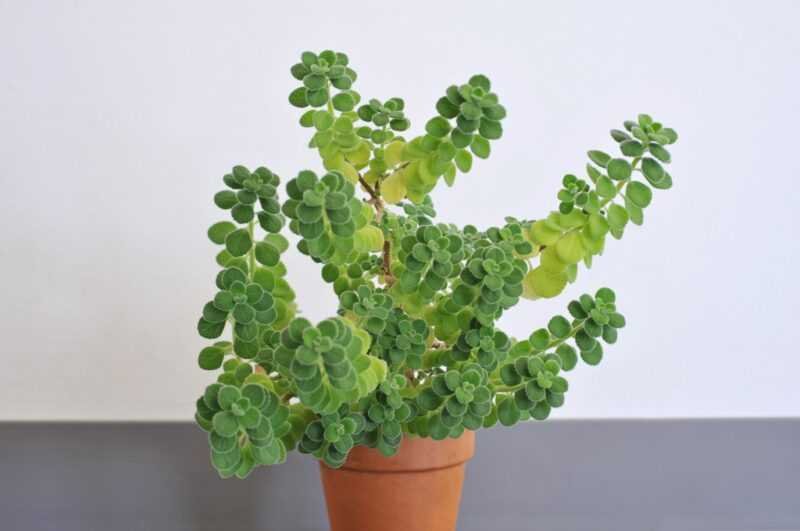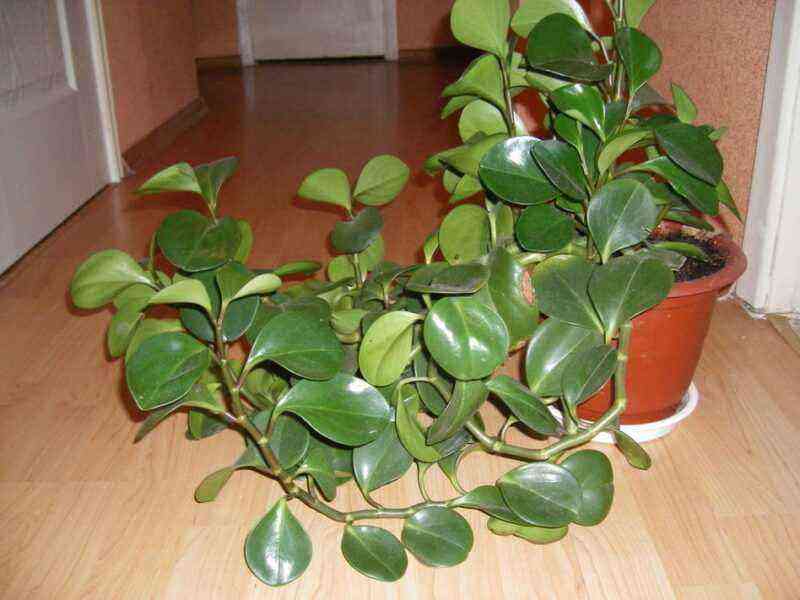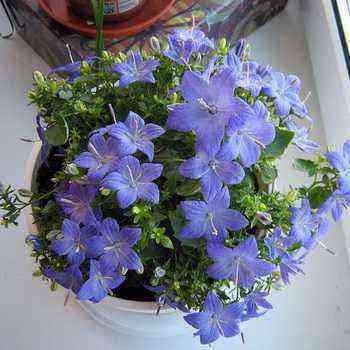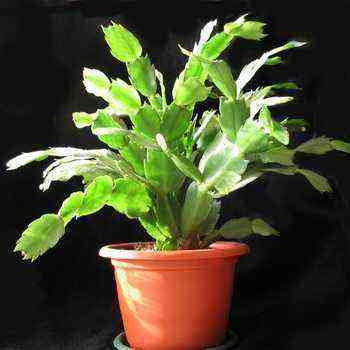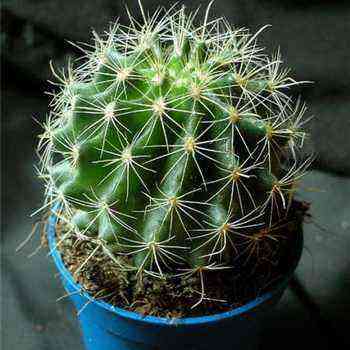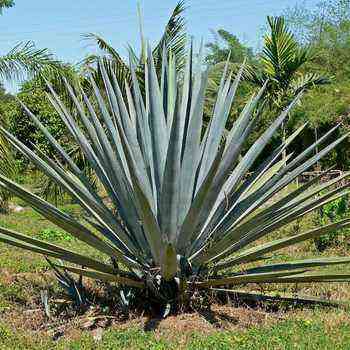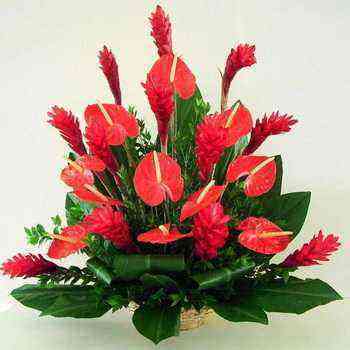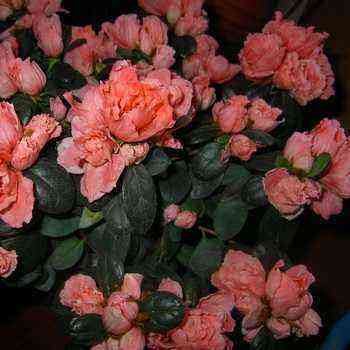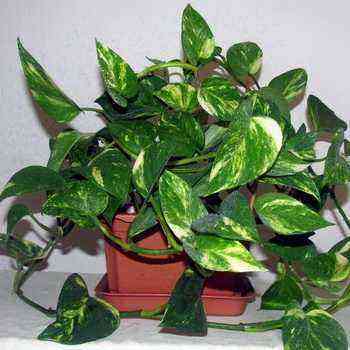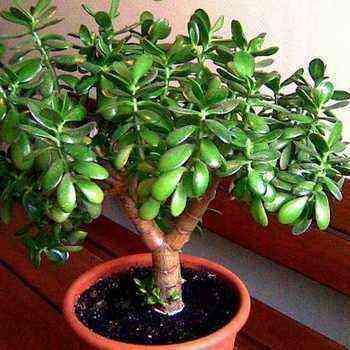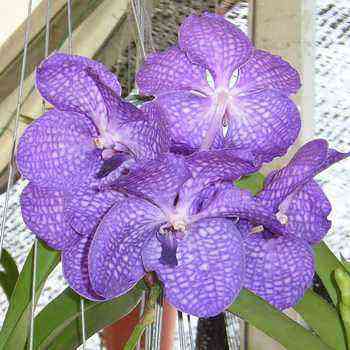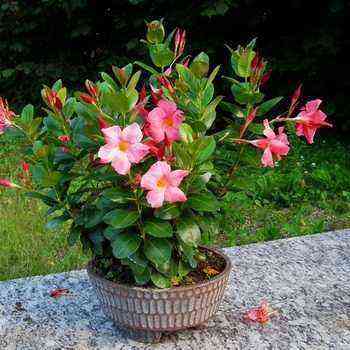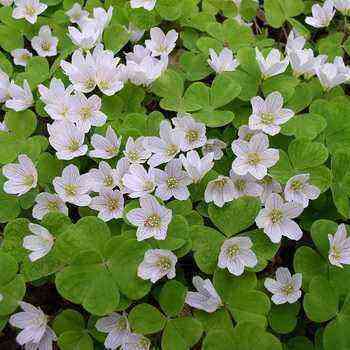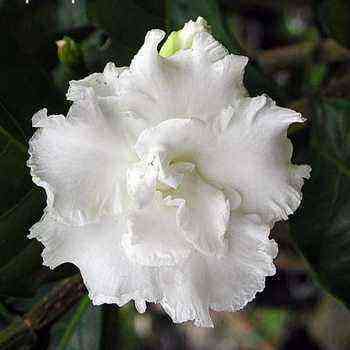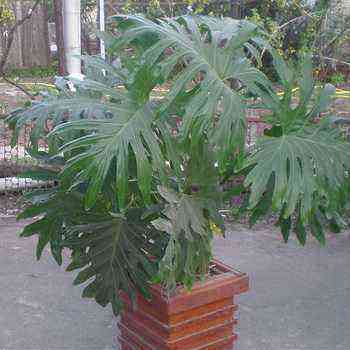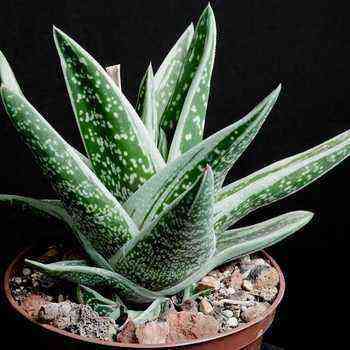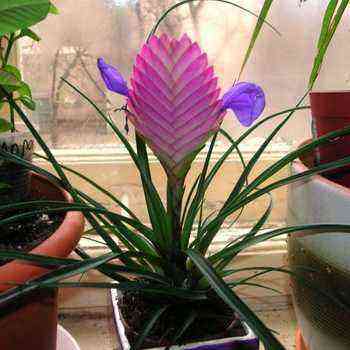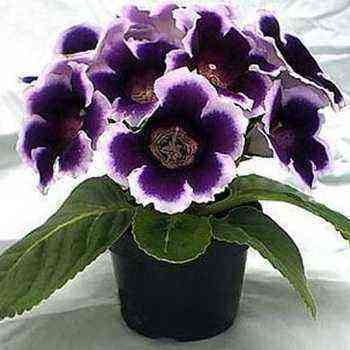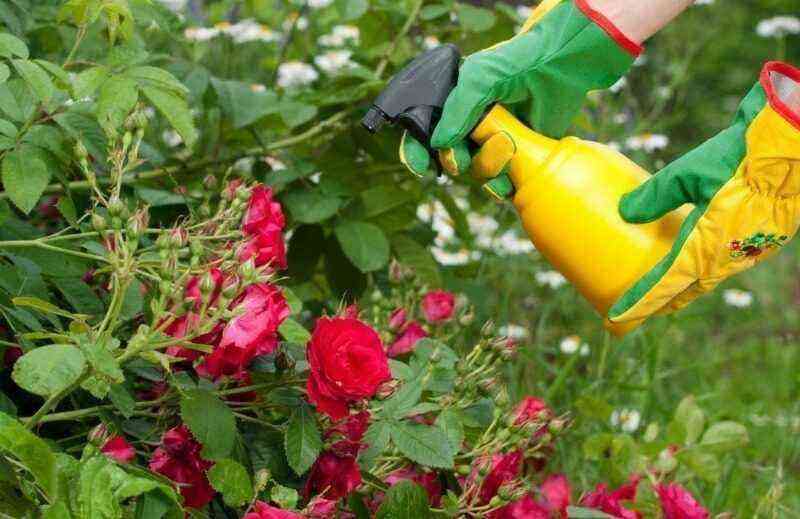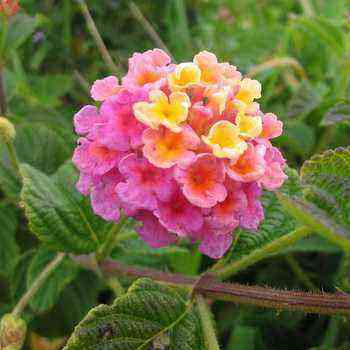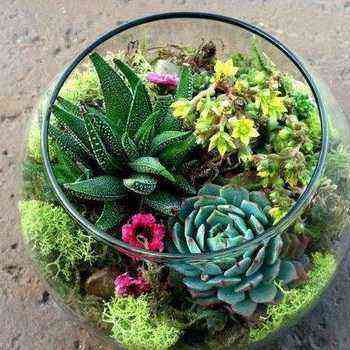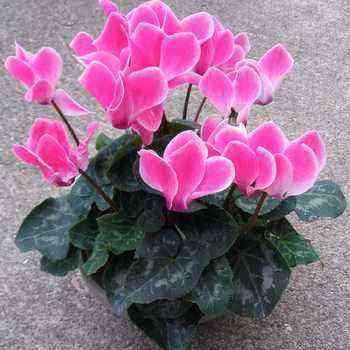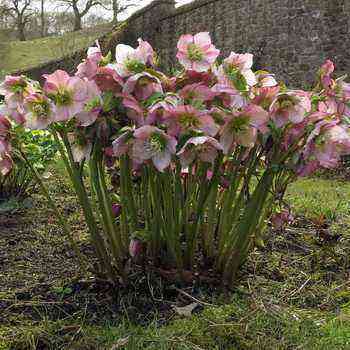Many novice flower growers and just plant lovers, starting with violets and cacti, eventually realize that they want to tackle something more complex and interesting. But at the same time, they have not yet matured to the cultivation of roses, transplanting feces and working with other complex plants. In this case, planting an amazing plectrantus plant can be a great choice. This is a truly amazing flower – on the one hand, it is very interesting and graceful, and some of its varieties are also useful. Well, on the other hand, even a child can raise them if he follows certain tips and instructions.
What you need to know about grooming.
It should be said right away that the distribution area of most varieties of plectranthus falls on the southern hemisphere of the Earth. First of all, these are Africa, Australia, Madagascar, Indonesia and some of the Pacific islands. Of course, this is associated with a number of requirements for care and reproduction.
The most common type of plant is a branched shrub. With proper care and a large enough pot, it can reach a height of one meter! The high height with a relatively low bushiness is a consequence of the fact that most of the species of this plant in the wild grows in the jungle, where you have to reach for the light, overtaking low bushes in growth. From here comes the dislike for bright light. Experienced breeders do not recommend allowing direct sunlight to hit the leaves. A bright, but diffused light is best suited for plectrantus. Some plant species, especially those with large, fleshy leaves, prefer light partial shade.
Flowers on the stems appear at different times – depending on the natural distribution area of certain varieties. Some begin to bloom in October-December, while others are adorned with flowers only in February-May. Almost all varieties of the plant have pale blue flowers with an amazing aroma. But the size of the flowers can vary dramatically. Some flowers are only three to four millimeters in size, while others boast flowers as small as a few centimeters.
But, despite its origin from the tropical zone, the plectrantus does not like warmth too much. The optimal temperature for it is considered to be 20-25 degrees in the warm season and 15-20 degrees in winter. Therefore, in winter it will be better to put it on the windowsill, but at the same time protecting it from direct rays and making sure that the leaves do not lean close to the window panes – they can get hypothermia.
What you need to know about breeding.
In general, the cultivation of plectrantus is simple. To do this, simply pinch off the top of one of the stems and put it in a glass of water so that the bottom of the stem is always moistened. After a few days, white roots will appear on its surface. When they reach a length of a centimeter and a half, you can plant a flower in the ground. It is not worth waiting for the appearance of longer roots – there is a high probability of their damage during planting.
Also, experienced florists recommend updating the flower every year. The fact is that, stretching upward, the plectrantus leaves an almost bare stem. This is quite justified in the jungle – there is no point in wasting nutrients to support leaves that do not receive sunlight. But it doesn’t look very elegant on the windowsill. Therefore, it is better not to waste time transplanting a flower. It will be much easier to pinch off the top of an overgrown plant and put, as mentioned above, in a glass. When the roots appear, the top can be planted in the same pot where the plant grew, after discarding it. Having been ill for a few days, the sprout will heal, get used to the soil and throw out new leaves.
If you do not want to waste time on such a “transplant”, you just need to pinch off the top. After that, the plant will not grow up, but to the sides. Moreover, it is best to do this before the plectrantus stretches out half a meter in order to get an elegant bush.
For planting, the following soil will be optimal: one part of sand, one part of peat, one part of humus and three parts of ordinary land. Thanks to this composition, the plant will grow by leaps and bounds.
